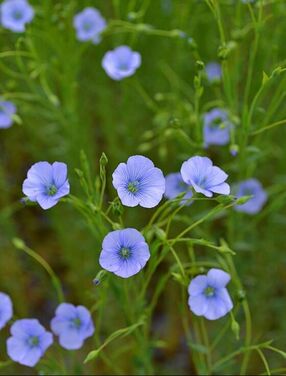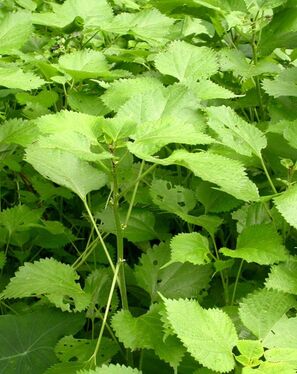|
This is the first in a planned series of articles intended to help familiarize sewing enthusiasts with the origin, botanical features, history, and production of fabrics available to them, especially considering textiles which may be thought of as having similar characteristics. This Part 1 will look at the two linen "twins": ramie and true flax linen, which are really more fraternal than identical twins. Whether your focus is on historical reproductions or modern sewing, I hope you'll find something useful in these articles to guide your choice of fabrics. What's the difference between true linen (flax) and ramie?Linen textiles come in a diverse and beautiful array of weights, weaves, textures, and colours, for use in everything from fine blouses to upholstery. Yet many people are unaware that a linen-like fabric called ramie exists, or if they do know of ramie, may believe that there is little to distinguish it from true linen made from flax.
Actually, there is quite a difference between these two fibres. Although both are plant-based fibres, the plants from which they come are completely unrelated botanically (see more about this further on). Flax is grown as an annual in northern climates (dies down at the end of the season), whereas ramie is a perennial, grown mostly in humid, tropical or semi-tropical regions. The process required to turn them into cloth is different, and the resulting textiles, although somewhat similar in nature, are in fact quite distinct, with unique characteristics that set them apart.
4 Comments
|
AuthorPatricia Preston ('The Fashion Archaeologist'), Linguist, historian, translator, pattern-maker, former museum professional, and lover of all things costume history. Categories
All
Timeline
March 2024
|



 RSS Feed
RSS Feed